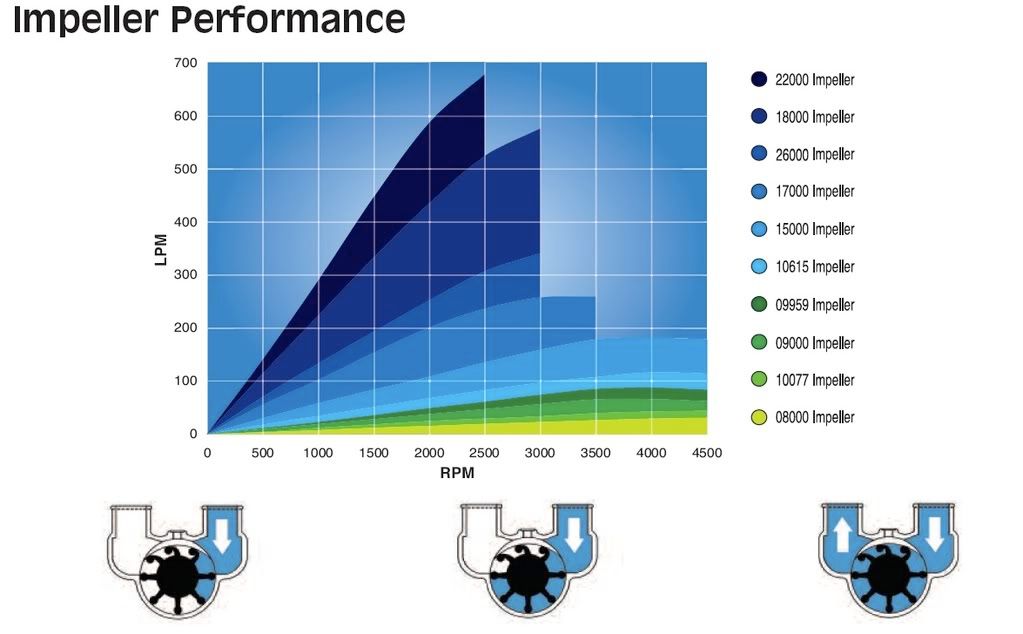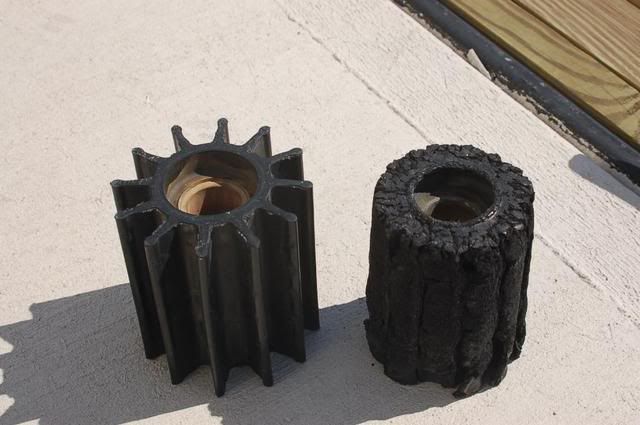tobnpr
New Member
The raw water strainers for my engines are equipped with a gate valve connection for a garden hose, presumably for a freshwater engine flush. I've never used them; two questions...
I recently used Rydlyme to clean out the raw water sides, how many of you flush with freshwater? Given that the raw water side components are designed for salt exposure, is flushing necessary more than occasionally for removal of salt/scale buildup?
Second, I am concerned about "pressurizing" the raw water side if I try to use the garden hose connection on the strainer. Assuming I were to close the seacock and turn on the garden hose, couldn't I force water past the impeller (before the engine is started, and after it is shut down) and into the engine through the exhaust side, damaging the engine-kinda like installing a scoop intake for a genset and then running the boat without the gen running?
Would it be better to run a short length of hose from the gate valve to a bucket, and let a hose fill the bucket instead (assuming the engine doesn't need more water then the hose can supply)?
I recently used Rydlyme to clean out the raw water sides, how many of you flush with freshwater? Given that the raw water side components are designed for salt exposure, is flushing necessary more than occasionally for removal of salt/scale buildup?
Second, I am concerned about "pressurizing" the raw water side if I try to use the garden hose connection on the strainer. Assuming I were to close the seacock and turn on the garden hose, couldn't I force water past the impeller (before the engine is started, and after it is shut down) and into the engine through the exhaust side, damaging the engine-kinda like installing a scoop intake for a genset and then running the boat without the gen running?
Would it be better to run a short length of hose from the gate valve to a bucket, and let a hose fill the bucket instead (assuming the engine doesn't need more water then the hose can supply)?





